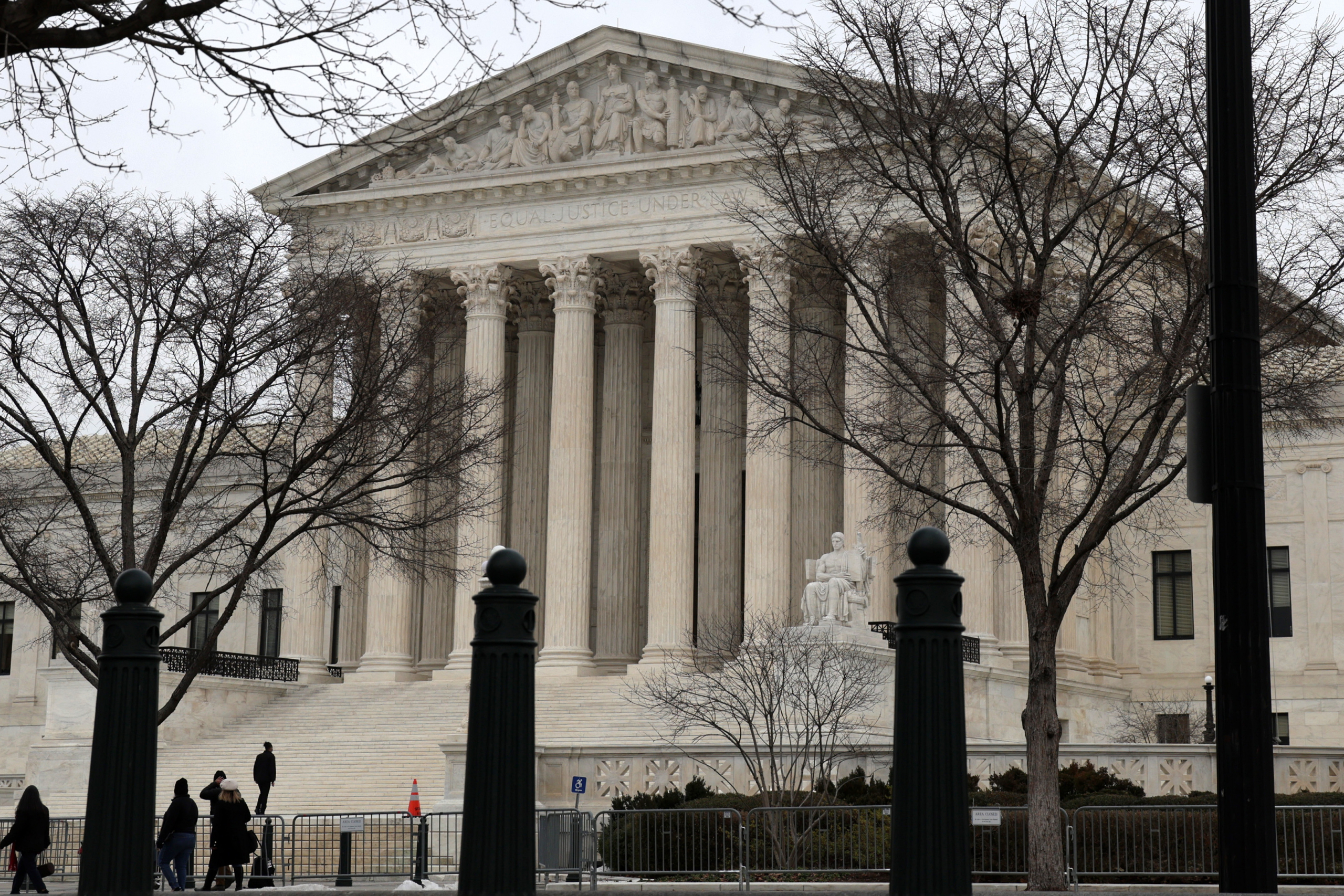In a massive blow to the Biden administration, the Supreme Court ruled in a 6-3 decision late yesterday afternoon (Thursday, Jan. 13) that the Occupational Safety and Health Administration (OSHA) vaccine mandate for companies with more than 100 employees will not go into effect as planned. Meanwhile, by 5-4 vote, the High Court will allow Biden to enforce a separate directive covering health care workers in facilities that take federal funds. Both mandates may still be fought in the lower courts and find a different result when the litigation is concluded.
 But what does the future hold for the administration’s vaccine orders? And do yesterday’s rulings signal their constitutional viability? To answer these questions and others, we sat down with Liberty Nation’s Legal Affairs Editor Scott D. Cosenza, Esq.
But what does the future hold for the administration’s vaccine orders? And do yesterday’s rulings signal their constitutional viability? To answer these questions and others, we sat down with Liberty Nation’s Legal Affairs Editor Scott D. Cosenza, Esq.
Mark Angelides: Scott, what do these rulings mean for the mandates?
Scott D. Cosenza: In simple terms, the OSHA workplace mandate is not enforceable, and the Health and Human Services (HHS) mandate covering workers at health care facilities that take federal funds is enforceable.
MA: So, they will continue their way through the lower court systems, but are they both likely to end up back at the Supreme Court to determine their constitutionality further down the line?
SDC: The OSHA mandate is done unless and until lower courts rule it is valid, and the Supreme Court agrees. However, such an outcome is very unlikely, given the language and principles motivating Thursday’s ruling. That is why it’s such a significant loss for the Biden administration and advocates of federal power with few if any limits. The HHS mandate is likely to stand through its journey back up to the Supreme Court, but a reversal of that mandate is not impossible.
MA: There was a great deal of discussion regarding the justices’ words as they probed the issues of the cases. How was this reflected in the opinions and dissents? And what stood out to you most?
SDC: Justice Neil Gorsuch’s opinion concurring in the ruling on the OSHA mandate is a love letter to limited and enumerated government. His discussion of where legitimate federal powers derive from and the non-delegation doctrine encourage any small-government conservative. Likewise with Justices Clarence Thomas and Samuel Alito, who joined his analysis.

(Photo by Alex Wong/Getty Images)
The dissenters’ focus on the negative health outcomes many experience from the pandemic delivers, in broad strokes, their raison d’être. Barry Goldwater famously said, “I will not attempt to discover whether legislation is ‘needed’ before I have first determined whether it is constitutionally permissible.” Unfortunately, the left bloc of justices seems to work with a mirror opposite mindset. They conclude that high vaccination rates are needed, so, therefore, they must be justified.
MA: What other significant takeaways do you get from these results?
SDC: Well, if anybody needed more confirmation Chief Justice John Roberts is the new swing point on the Court, they have it here. He and Justice Brett Kavanaugh are the least reliable justices in the conservative bloc. Gorsuch is perhaps the strongest, most articulate spokesman for limited government and fidelity to the Constitution on the Court. I say that with full understanding of the reaction Justice Gorsuch garnered with his authorship of the majority opinion in the recent Bostock case. It granted civil rights protections to employees against discrimination because they are gay or transgender. While conservatives can disagree with the outcome of the case and his vote, his reasons for arriving at that decision were conservative – they were based on the text of the law. If only the left bloc similarly constrained themselves.
MA: Politically, this is a profound loss for President Biden. What are his next steps?
SDC: It’s hard for me to guess. The virus is ever more contagious while ever less virulent. I don’t know how that can be cause for more invasive and reviled restrictions and mandates, but perhaps it will.
~ Read more from Scott D. Cosenza and Mark Angelides.








